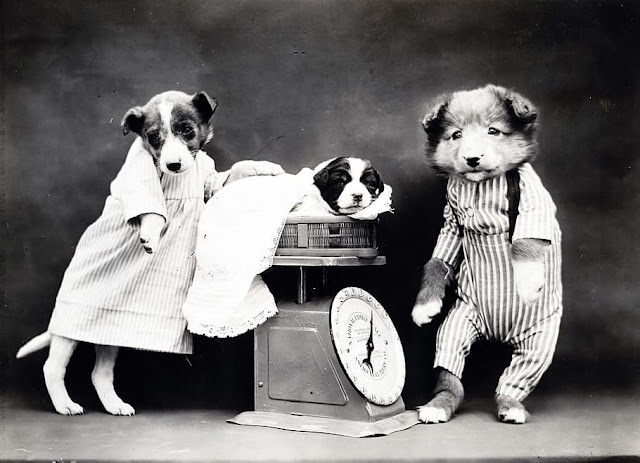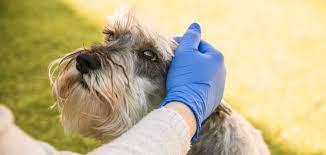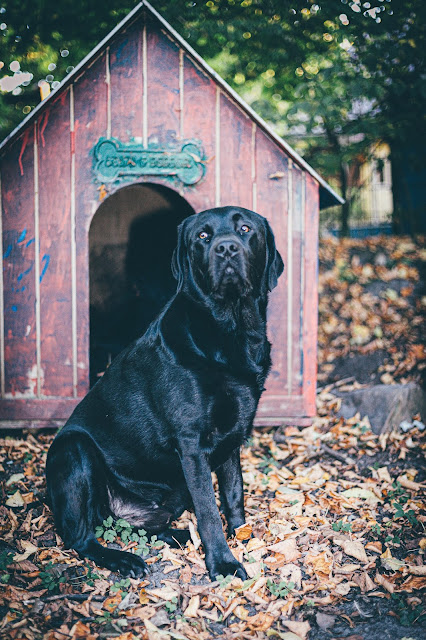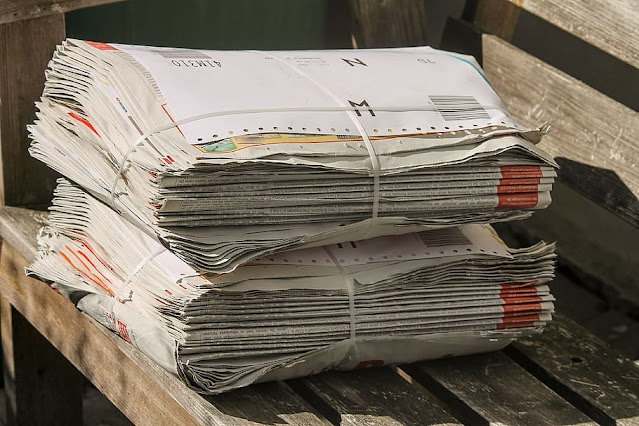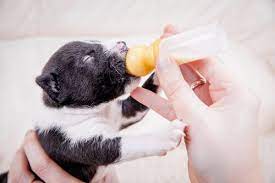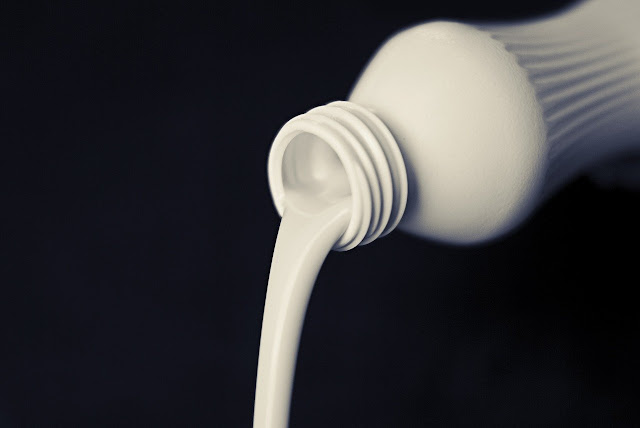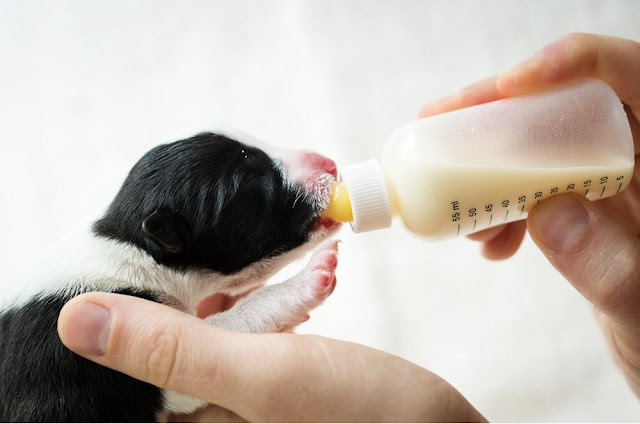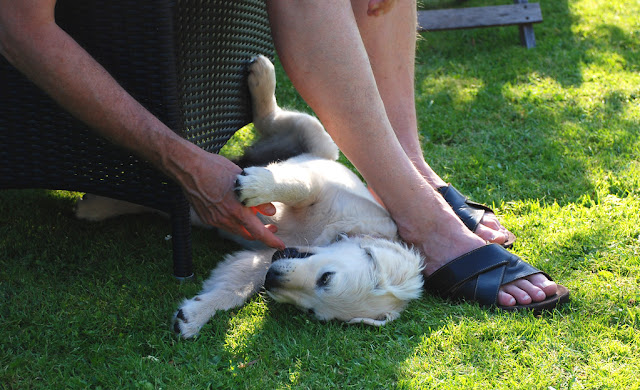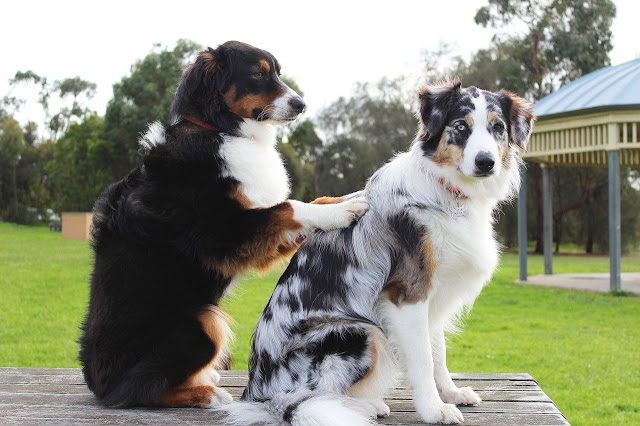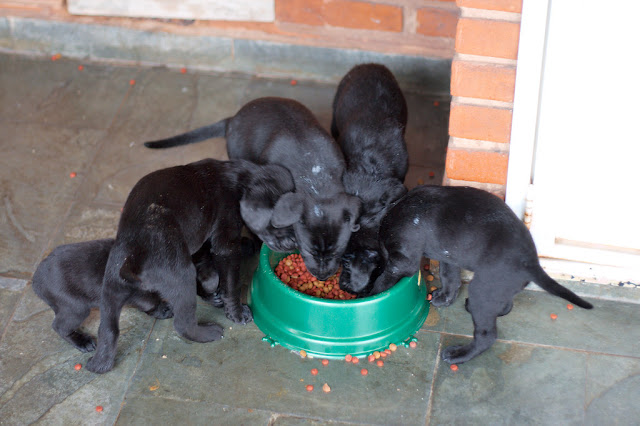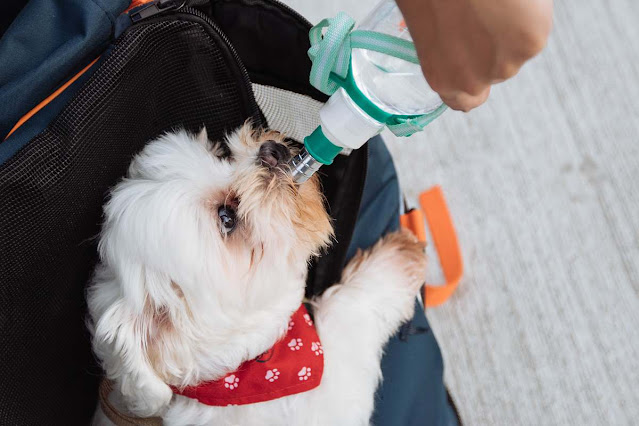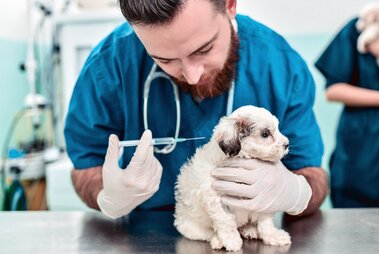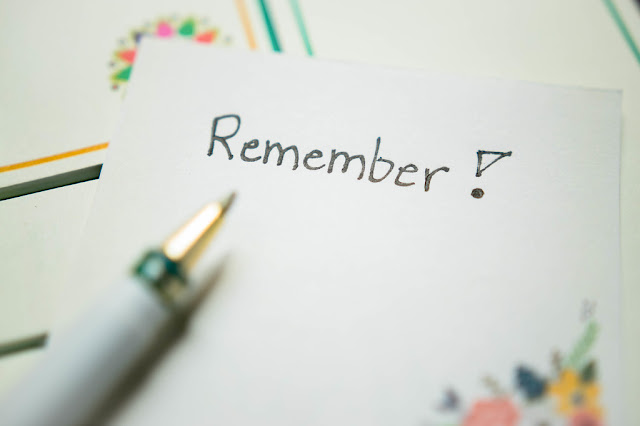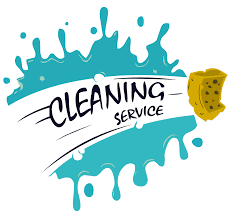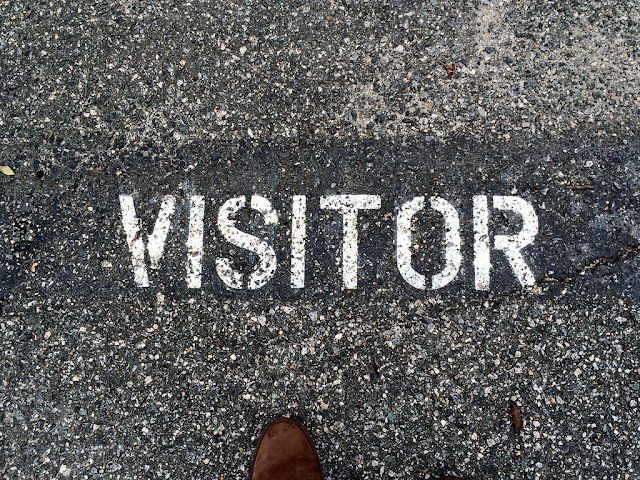How To Take Care Of A Newborn Puppy Without Its Mother ?
A newborn litter of pups may struggle to live if the mother dog has died or rejected her offspring. You'll have to play the role of the mother dog to assist save these helpless puppies. Take the puppies to the doctor as soon as possible, and make sure they have a warm, secure nesting box. Throughout the day, you will have to feed the puppies by hand. Orphaned pups are vulnerable to dehydration, hypoglycemia, hypothermia, and other medical issues when they are separated from their mothers, so keep a watch on them. Although the first two to three weeks may be challenging, the effort will be rewarded as the puppies mature into healthy canines.
Part 1: Puppy's health
Step 1 : The veterinarian
Bring them to the veterinarian. Within 48 hours after birth, the puppies should be examined by a veterinarian. Cleft palates, congenital abnormalities, and other health concerns will be examined by the veterinarian. The veterinarian may also be able to advise you on how to care for the orphaned puppies.
- Ask your veterinarian if there is a puppy milk alternative that they recommend or if they can educate you on how to properly feed the puppies.
- During the first 24-48 hours after birth, the puppies usually absorb colostrum from their mother. This vital form of milk boosts their immunity and provides them with essential nutrients. Inform the veterinarian if they were unable to obtain colostrum from their mother. To achieve a comparable effect, the vet may be able to supply them with blood plasma or serum from a healthy dog.*
Step 2 : Weight them
Weigh them regularly. The weight of a puppy may inform you how often to feed it, how much to feed it, and how well it is developing. In the first eight to ten days after birth, a puppy's weight will usually double. Use an electric kitchen scale or a postal scale to weigh pups. For the first two weeks, weigh them once a day. Following that, weigh them once a week.*
- The puppy may lose some weight in the first 24 hours, but if the weight loss continues after that time, you should consult a veterinarian.*
- Keep a weighted sheet for each puppy so you can tell if they've gained or lost weight.
Step 3: Taking care of your puppy
Keep an eye on them. Puppies need to be watched and cared for all of the time. Health issues might arise suddenly, necessitating prompt medical attention. Make a plan for yourself so you don't forget to feed and massage your pets at the appropriate times. It's also a good idea to remind yourself to check their temperature regularly.
- Don't be apprehensive about handling the puppies. Picking them up and lightly massaging them is not only soothing but also helps you evaluate if they are too cold. It can also help them socialize.*
- Hand-raising a puppy is a full-time job. You might wish to enlist the aid of other family members, friends, or volunteers so that you can relax.
Step 4 : Keep them away form other animals
Separate them from the rest of the animals. Viruses from other animals, particularly other dogs, are very contagious to puppies during this period. Canine herpesvirus is curable in adult dogs, but it can be deadly in pups*. Even if you don't think your adult dogs are infected, wait until the pups are five weeks old before exposing them to the puppies.
Step 5 : Find a foster mother
Look for a foster mother. Hand-raising a puppy is incredibly tough, and it can lead to eventual socialization issues with the canines. Try to locate a foster mother for your puppies if you can. This is a mother dog who gave birth to puppies around the same time as these puppies. You can inquire with local breeders, veterinarians, animal shelters, and rescue organizations to see if they have any dogs available.*
- Whether you discover a possible mother, gradually introduce the puppies to her to see if she accepts them. She might even let them breastfeed if she does. Remove the pups from her if she is violent or dismissive of them.
Part 2 : Safe space
Make a nesting box for the birds. A nesting box should be spacious enough for the puppies to spin around in and have high enough sides to prevent them from falling out or climbing out*. You may make a wooden nesting box or use a cardboard box, which is easy to replace if it gets filthy.
- You may already have a whelping box from when the orphan puppies were born if you bred them. This may also be used as a nesting box for them.
- Keep this box in a dry, out-of-the-way location. Place it out of the path of air conditioner draughts and away from cold windows.*
- Some people prefer to make smaller, individual boxes for each dog. This has the advantage of allowing you to care for each youngster separately while also ensuring that you do not forget about a puppy*. However, keeping the puppies in the same box may make it simpler to keep them warm and socialize them. Choose the system that works best for you.
Step 2 : Use newspaper
A newspaper should be used to line the box. The puppies will not be housetrained, and the nesting box will be soiled. Line it with newspapers to avoid having to clean the bottom of the box regularly. You may also use a removable and washable blanket to line it. Daily changes of the newspaper or blanket liner are required; you may need to change it more frequently if the pups dirty it.
- Make sure the blanket doesn't have any loose threads or holes that might trap the dog. For the same reason, don't use more than one blanket.
Step 3 : Make it warm
Warm-up space. Puppies that are still in the womb are unable to control their body temperature. So that the temperature of the nesting box and the room does not decrease, you will need to keep them warm. Keep the room at 90 degrees Fahrenheit (32 degrees Celsius) until the puppies are one week old. Lower it to 85 degrees Fahrenheit (29 degrees Celsius) for the second week, then to approximately 75 degrees Fahrenheit (24 degrees Celsius) after that.
- Hang a heat lamp above the nesting box instead of heating the entire room. This will keep the pups warm enough*. To avoid overheating, keep the heat contained to one area of the nesting box and make sure the puppy does not come into direct contact with the heat source.
- The pups may be spread throughout the box because it's too warm. It may be too chilly if they are huddled in a lump.*
Step 4 : Humidify
Make the room more humid. Puppies need an ambient room humidity of around 55-65 percent to avoid dehydration (higher if they're sick or weak). To enhance the humidity in the room with the pups, you can use a humidifier. You may also place a moist cloth in one of the nesting boxes' sides.*
Part 4 : Feeding your puppies
Step 1 : Having a feeding schedule
Make a feeding routine for yourself. You'll have to feed the puppies every three hours; if they're weak or underweight, you might have to feed them every two hours. So that you don't forget, make an eating plan for yourself. You might even want to set phone alarms to remind you.*
- When puppies are hungry, they will often begin to cry.
Step 2 : Tube feeding vs Bottle feeding
Choose between tube and bottle feeding. Hand-feeding pups can be done in two ways: bottle-feeding or tube feeding. Bottle feeding is more convenient, but it takes significantly longer. For weak puppies, tube feeding is suggested. Although it takes less time, it must be done correctly. Consult your veterinarian about the best alternatives for your litter.
- It takes longer to bottle feed each puppy. However, for people who have no experience with pups, bottle feeding may be a safer and easier option.
- Tube feeding is a quicker approach that is suitable for pups with specific problems, such as a cleft palate or difficulty latching. It uses a syringe and tube to administer food straight to the puppy's stomach. However, if done incorrectly, it might cause respiratory issues. It is very recommended that you have a veterinarian demonstrate tube feeding before doing it on your own.*
Step 3 : Bring the milk
Using a puppy milk replacement, fill the bottle or syringe. Puppies are unable to survive on cow's milk. They'll need a substitute for their mother's milk in terms of nutrients. In a pet store, you can purchase commercial puppy milk substitutes such as Just Born, Nurturalle, or Ilsaac. Commercial variations are available in both canned and powdered versions. Powdered milk replacement is less expensive, but it must be mixed with warm water first. Warm the meal in the microwave for three or five seconds before serving, so it is warm but not hot.
- Puppies weighing less than 8 ounces (230 g) may require one cc of milk per ounce of weight, whereas puppies weighing more than this can be given one and a half ccs of food each ounce.*
- Prepare only enough food to last the entire day. Milk that has been left out for more than a day might attract germs.*
- Make your goat milk yogurt with ten ounces of goat milk, one tablespoon light corn syrup, one cup of plain white whole milk yogurt, and one egg yolk if you can't get it commercially*. This should only be used as a temporary food source until you can get your hands on a more nutritionally balanced, commercially manufactured puppy formula.
Step 4 : Feed them
Puppies must be fed. Take the pups out of the nesting box one at a time when it's time to feed them. Allow them to eat at their own pace. Stop immediately if you detect milk leaking out of their nose or mouth. Before continuing, wipe away the milk and make sure they're breathing normally. They may have inhaled milk if they are wheezing or sneezing. In this instance, you should seek the advice of a veterinarian.
- Set the puppy on your lap if you're bottle-feeding the puppies. Allow them to suckle the milk while holding the bottle upright. Do not force the milk out of the puppy; it should come out naturally. When the puppy is satisfied, they will usually stop eating.*
- Attach a feeding tube to the syringe if you are tube feeding the puppy. Gently move the tube to the puppy's throat's rear. Slowly press down on the syringe. Before you try tube feeding on your own, it is strongly suggested that you have a veterinarian explain to you how to do it properly.*
Step 5 : Burp your puppies
Each puppy should be burped. It's possible that air got into the puppies' tummies while they were eating. Puppies may have a stomach ache as a result of this. Burp the puppies after each meal to avoid this. Burping pups can be done in two ways:
- Place them on your hand and gently rub their stomach till they burp.*
- You can stroke their back and lean them on your shoulder.*
Step 6 : Massage them
Massage the puppy to encourage them to go potty. At first, puppies are unable to defecate or urinate on their own. You'll need to massage them either before or after each meal to assist them in eliminating. A warm, moist cotton ball, tissue, or washcloth can be used. Rub their anus and genitals gently till they urinate and defecate.*
- Because the pups' waste can get on you and your clothes, you might wish to use gloves and an apron while doing this.
Step 7 : Wean them
The puppies must be weaned. At three or four weeks of age, the puppies should start weaning themselves off of milk. Combine a little amount of puppy food and the puppy milk substitute in a blender or blender. It should be smooth to the touch and simple to swallow. With your finger, put it in their mouth. They should begin to consume it on their own. Increase the amount of solid food you offer them gradually. By six weeks, your puppies should be consuming solid food.*
Part 4 : Monitoring their health
Hold them in your hands to check for hypothermia. Puppies may lose heat and get chilly fast because they are unable to control their body temperature. If a puppy is shivering or their skin is chilly to the touch, gradually warm them up with your body heat. Hold them in your hands and keep them near to you.*
- When the puppy is warm enough, it will begin to wriggle and move about.
- Cold milk should not be given to a dog. Before you feed them, carefully warm them up.
- Overheating a puppy might cause them to get shocked.
Step 2 : Look for symptoms of hypoglycemia
Keep an eye out for hypoglycemic signs. Puppies that do not have access to their mother's milk may have low blood sugar. The puppies may appear frail, limp, or chilly to you. They may have blue gums or muscles that twitch. Take the puppies to the veterinarian to have dextrose given to them.*
Step 3 : Check for dehydration
Make sure you're not dehydrated. Dehydration may be indicated by dry skin or sticky gums in the mouth. You may avoid this by routinely feeding the puppy and maintaining a humid atmosphere. Take the puppy to the vet right away if it is very dehydrated.*
- Skin elasticity loss is a common symptom of dehydration. Pinch the puppy's skin to see whether this is the case. They may be dehydrated if it sticks and does not go away.
Step 4 : Deworming them at 2 weeks
Deworming should begin at the age of two weeks. Puppies should be dewormed for roundworm and hookworm as soon as they reach two weeks of age. The initial round of deworming should be followed by dewormings at four, six, and eight weeks of age.*
- Your veterinarian will most likely provide an injection to the puppy that will destroy any worms present. Oral medicine is also utilized on occasion.
Step 5 : Vaccinate them
They should be vaccinated. Puppies are generally initially vaccinated between the ages of six and eight weeks. At this time, puppies are usually given injections for distemper, parainfluenza, and bordetella.*
- If orphaned pups do not receive enough colostrum, the early mother's milk that strengthens the immune system, they may be more susceptible to parvo. If parvo is a substantial concern in your area, your veterinarian may opt to vaccine them at five weeks of age.*
Part 5 : Important Things to Remember
1. Cleaning
Human newborns have diapers, whereas pups have moms. While it may be unpleasant for you, you must encourage the puppy to pee and defecate after each meal. To achieve this, the mother dog licks the undersides of her puppies, but you can gently touch her lower belly and around her anal region with a little wet cotton ball. Wipe away any spills with a soft cloth. After each meal and anytime she needs it, gently rub your puppy's body with a damp, soft washcloth. This not only cleans the puppy but also motivates her. The puppy will start eliminating on her own after two weeks; all you have to do is maintain her undersides clean.
2.Nail trimming
Puppies' toenails will need to be clipped frequently, so if you've never cut a dog's toenail before, find someone to show you how to do it safely. On tiny puppies, human nail clippers work nicely.
3.Visitors
Until the puppies are a few weeks old, you should restrict the number of visitors and individuals who handle them. Handwashing is usually advised before touching the puppies. If guests have recently been in contact with sick animals or have recently visited a shelter, limit interaction. Use caution: Disease management and gentle handling will be priorities for several weeks.
4.Socializing your puppies
You will face the task of safely socializing the puppies to other dogs and the rest of the world in your position as a dog parent. They have a lot to learn, including things that their mother would usually teach them. Invite fully vaccinated, dog-friendly visitors over, and expose the puppies to dog-friendly cats. Take care to keep the pups safe from danger, bearing in mind that not all animals are fond of puppies.
When youngsters come to visit, strict monitoring is required. Puppies may scratch and bite, and youngsters can sometimes be too harsh with them. Children and puppies alike can benefit from learning the right etiquette necessary for a healthy and joyful human-animal interaction. The puppies should also be exposed to a wide range of people, objects, noises, and scents – anything that is typical in the real world. You may play athunderstorm sounds, run the vacuum, and turn on the TV to keep them from getting afraid of noises.
Please attempt to place the puppies in homes where they will be cherished family members when it comes time to find homes for them. Emphasize dogs' social requirements, and suggest to each puppy's new home that as the puppy grows older, they engage in some relationship-based training.
Final Words:
A puppy learns vital life skills from its mother and the rest of the litter, such as hierarchy, feeding, and playing. You'll have to augment a couple of these lessons without the rest of the litter and his mother. Without much assistance, a puppy will automatically take up the majority of these tasks. Washing the puppy after each meal will help him learn to clean himself, and playing with him will allow him to socialise. If he bites your hand too hard, yell and put down the game for a time to imitate how a mother dog teaches biting restraint. Enrolling him in a puppy class with other dogs his age when he's approximately 6 to 8 weeks old can also help him socialise.




